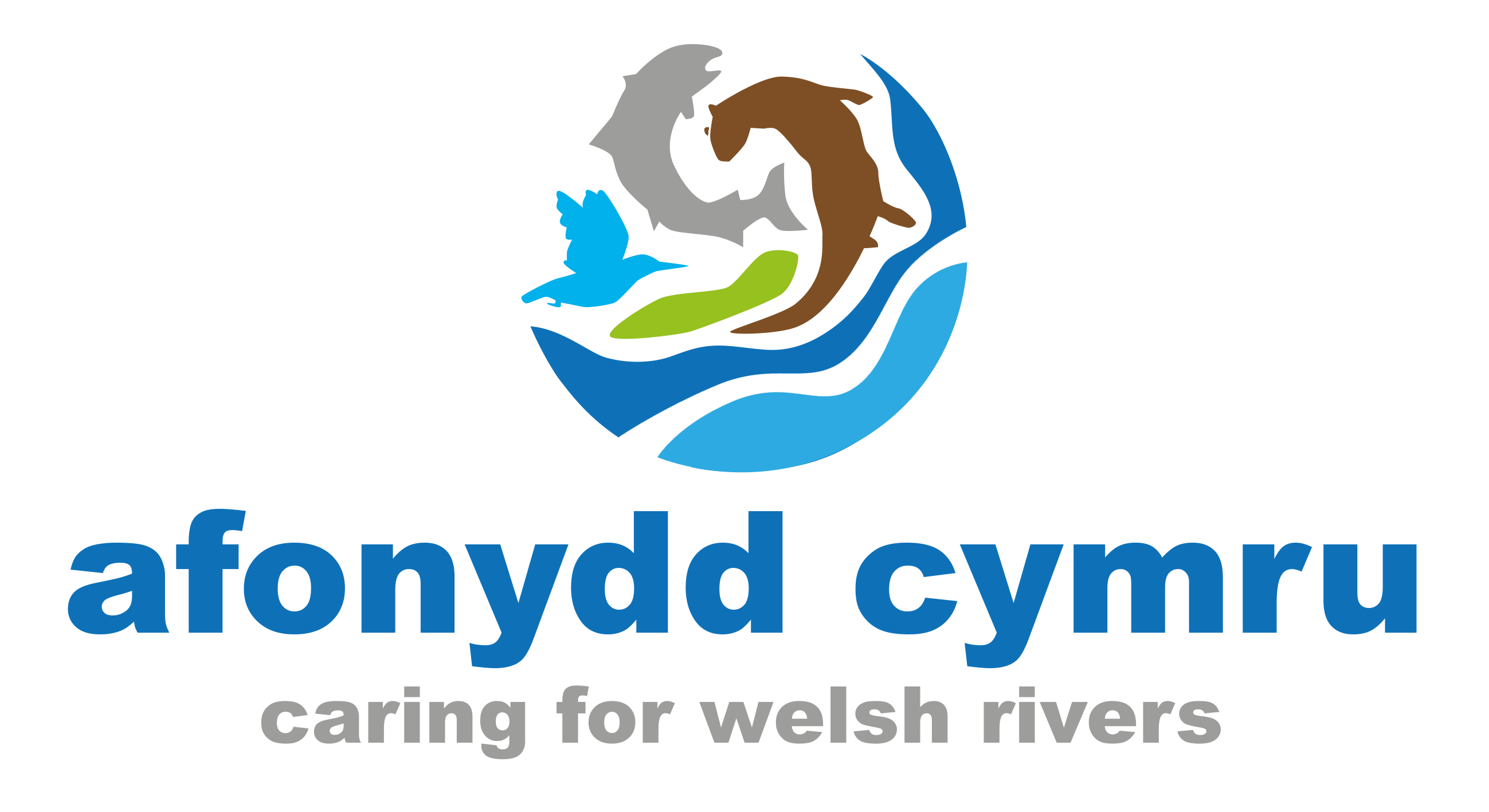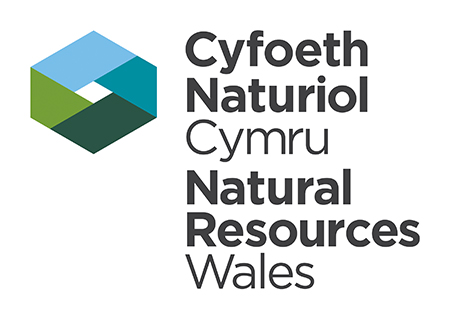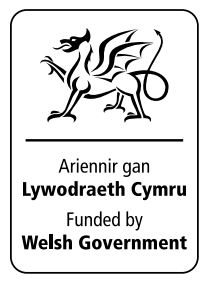All inland fisheries habitat restoration works carried out in Wales under our 1st project (2020 – 2021) by work type; Fish passage / Habitat Restoration.
Between 2017 and 2021, Afonydd Cymru and the regional rivers trusts carried out extensive inland fisheries habitat surveys. These enabled us to identify problems and prioritise actions for the restoration of Welsh inland fisheries.
Some of the issues found included:
- Barriers to fish migration
- Damaged or degraded riparian habitats (including erosion)
- Over and under shading
- Invasive Non-Native Species (INNS)
- Damage from livestock poaching or grazing
- Adjacent land use problems (such as soil, herbicide, pesticide, nutrient run off etc).
In 2020, Welsh Government and Natural Resources Wales facilitated £1,060,000 of funding for Afonydd Cymru and the regional rivers trusts in Wales to undertake actions to resolve the most urgent issues.
Our joint objectives throughout this project were to:
- Increase river habitat connectivity and quality – both in stream and riparian corridors – through the removal / easement of barriers and the restoration of in stream features.
- Reduce negative impacts to watercourses through riparian fencing – limiting livestock access, reducing localised poaching and erosion and allowing a buffer strip along the water corridor.
Since 2020, funding has been provided each year by Welsh Government and Natural Resources Wales to continue this programme.












